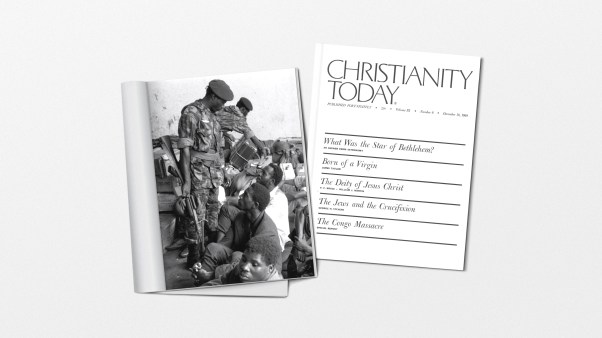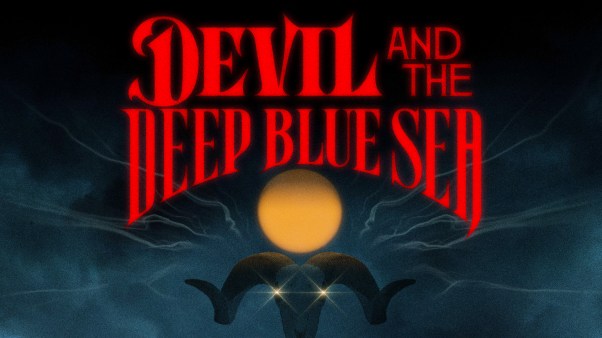Why can’t we let go and move on?
Who Moved My Cheese?, by Spencer Johnson (G.P. Putnam’s Sons, 1998) Change management seems so, well, eighties. I grinned when I saw the knock-off of this book. It was titled Who Cut the Cheese? But Who Moved My Cheese? (G.P. Putnam’s Sons, 1998) by Spencer Johnson, M.D., who co-wrote the bestseller The One Minute Manager with Ken Blanchard, may not be just another management book that cajoles those who block organizational progress. Perhaps it’s the aging process. Or the benefit of a little suffering. But as I read this short book that has topped the business bestsellers for almost two years, I was ambushed by its simplicity. The brief opening chapter sets up a parable: In a Maze (translation: life) are four characters—two mice, Sniff and Scurry, and two little people, Hem and Haw. In the maze the characters hunt for cheese “to nourish them and make them happy.” Sniff and Scurry are simple mice who in their bumbling still manage to find cheese. Hem and Haw, the little people, are more sophisticated, but just like Sniff and Scurry, Hem and Haw end up at Station C, where a cheese cache fattens all four. Eating cheese at Station C becomes routine. The cheese supply dwindles, but neither mice nor little people notice. In time, the cheese runs out. The response of the characters to this crisis creates a turning point. Sniff and Scurry, being simple, simply move on, head into the maze, and bounce around until more cheese is found. But not Hem and Haw. They are immobilized by the change and suffer from analysis paralysis. Hem never breaks through his fear and, at parable’s end, remains starving at Station C. Haw goes through a character change—moving from denial to acceptance to courage. Haw decides to abandon the safety and comfort of cheese-less Station C, and head into the Great Unknown of the Maze. Haw draws out principles from his ordeal and scrawls them on the walls of the Maze. Here are several:- The more important your cheese is to you the more you want to hold on to it;
- If you do not change, you can become extinct;
- Smell the cheese often so you know when it’s getting old.
Dave Goetzformer Leadership associate editor; Wheaton, Illinois
* * *
Hear Their Cry
Generation X shouts, “We’re not all the same!”
In Search of Authentic Faith, by Steve Rabey (WaterBrook, 2000) As a member of so-called Generation X, I tend to be apprehensive when I sit down to read another book examining the spirituality of twenty- and thirty-somethings. Usually my fears are confirmed as I read page after page of formulas for getting our generation back in the church pews. I come away wondering how long it will be before someone understands. Steve Rabey understands. The distinguishing mark of his book, In Search of Authentic Faith (WaterBrook, 2000), is that he fights the temptation to reduce the beliefs, dreams, and longings of Xers to stereotypes. Instead he shows that Xers are a heterogeneous group whose members often have little more in common than their birth dates. Xers include Young Republicans, skaters, slackers, geeks, vegans, activists, Wiccans, and parents of young children. A hallmark of this generation is individuality. Because Rabey understands that Gen X is a mosaic rather than a monolith, he is refreshingly cautious about making recommendations about how to evangelize them. Instead, he lets them speak for themselves about how they approach God and his world. The comments made by Xers reveal a spiritually hungry generation that tends to look for God in all the wrong places. Behind the social activism, revealing clothing, and hard-core music, Rabey uncovers Xers’ thirst for something to believe in. The challenge is to get Xers to believe in the Jesus who died to save them. Compounding the difficulty is the reality that many church leaders trying to reach out to Xers are one or even two generations removed from them, and they often inhabit a completely different mental universe. Not surprisingly, the dizzying variety of Xers—many of whom have never entered a church—presents a real challenge to church leaders. Rabey points out that seeker or alternative services within traditional churches have proven to be safe places where Xers can investigate matters of faith. He also raises the intriguing possibility that we may be on the verge of a new era where small churches are created, mainly by Xers, to target specific niches of Xers. The challenge is to value the diversity of Xers while maintaining the unity of the global church. Rabey’s book raises a number of significant challenges for church leaders. 1. Take the time to learn about Xers and the cultural trends that have helped make them who they are. 2. Be willing to ask questions of Xers, rather than tell them what to think. Rabey shows the importance and effectiveness of the Socratic method in gently guiding Xers to Jesus. 3. Be authentic. Nothing turns an Xer off faster than even the hint of hypocrisy. 4. Be willing to put aside stereotypes and recognize that each Xer is a unique person with unique gifts. Many Xers have a deep yearning to connect with the one true God. In Search of Authentic Faith is aptly titled. If the analysis in the book is taken to heart, it can help win a new generation for Christ.Matt DonnellyPacific Grove, California
* * *
Another Gulf, Another WarThe battle and the hope of a divided nation
One Nation, Two Cultures, by Gertrude Himmelfarb (Knopf, 1999) Why should busy pastors read a challenging book by an unknown scholar? Because that book, One Nation, Two Cultures (Knopf, 1999), explains why people in the church live in such confused ways and why those outside the church seem indifferent or even hostile toward Christianity. Historian Gertrude Himmelfarb (Brooklyn College and the graduate school of the City University of New York) goes beyond analysis. She provides remedies for the cultural diseases that have infected America. I was captured by Himmelfarb’s penetrating examination of the cultural gulf that divides America. One side originated in eighteenth century republican virtue founded on a Judeo-Christian worldview, while the other emerged from the counter-culture of the late 1960s intent on liberating everyone from the slavery of “bourgeois values” (especially moral and religious restrictions). Far more successful and pervasive than its original promoters ever dreamed, the counter-culture is now dominant in American society. Yet the more traditional culture, which Himmelfarb labels “dissident,” continues to promote the values of lifelong marriage, sexual morality, civility, and patriotism. It is the clash between these two ways of life that has created so much social tension. In analyzing this tension, Himmelfarb details the foundational institutions of our nation: civil society, family, law and polity, and, in a wonderfully insightful chapter, religion. Two points in particular stand out for church leaders: first, she calls for revitalizing the family by promoting marriage and the sacrificial nurture of children by parents; second, she calls for promoting religion in general, and evangelical Christianity in particular, for its invaluable contribution to society’s moral fabric. Unlike many pessimistic observers of American culture today, Himmelfarb sees strong evidence of a contemporary grassroots revival that she labels the Fourth Great Awakening. She argues that historically evangelical Christianity has been the foundation of cultural health through much of America’s past. One of her most interesting and optimistic observations is that this current “revival” is facilitating the moral and social rehabilitation of the “underclass” of society. “In the past decade or so [there have] been sophisticated, sustained efforts by ministers and local churches to supplement or even replace public, secular social programs by private, religious ones.” But if revival is afoot, why do we all feel so much cultural tension? Himmelfarb argues that this cultural gulf is generated by an ethics gap between the dominant and dissident cultures. Each group, “while neither monolithic or static,” perceives life and its significance in fundamentally different ways. So, why should pastors bother with such a sophisticated analysis of America’s social dilemma? As a pastor and professor, I found it useful in three ways: First, it provides an accurate description of our current intellectual and moral environment. This is valuable to ministry, helping us understand the powerful cultural forces pulling on our own marriages, children, and parishioners. Second, it unintentionally but clearly promotes the Church’s mission. It is encouraging to hear (especially from an author of Jewish background) that the message of the gospel, when lived out by Christians, provides not only moral authority but also hope and life for those in need! Third, it reveals the undeniable influence cultural patterns have on how we think and live. This should motivate us to work ever harder to proclaim the truth of Scripture. Only by inculcating a biblical world view in its people will the Church be a spiritual force for godly values in the midst of a larger, dominant culture that is, at best, indifferent to Christianity. Reading Himmelfarb requires effort, but the payoff is rich. It’s not often a social historian can encourage busy pastors struggling to advance God’s kingdom in the midst of broken lives and cultural decadence. But in One Nation, Two Cultures, Gertrude Himmelfarb does.Scott Wenig, associate professor
Denver Seminary
NOTE: For your convenience, the following products, which were mentioned above, are available for purchase:
- Who Moved My Cheese?, by Spencer Johnson
- In Search of Authentic Faith, by Steve Rabey
- One Nation, Two Cultures, by Gertrude Himmelfarb
Copyright © 2001 by the author or Christianity Today/Leadership Journal. Click here for reprint information on Leadership Journal.









